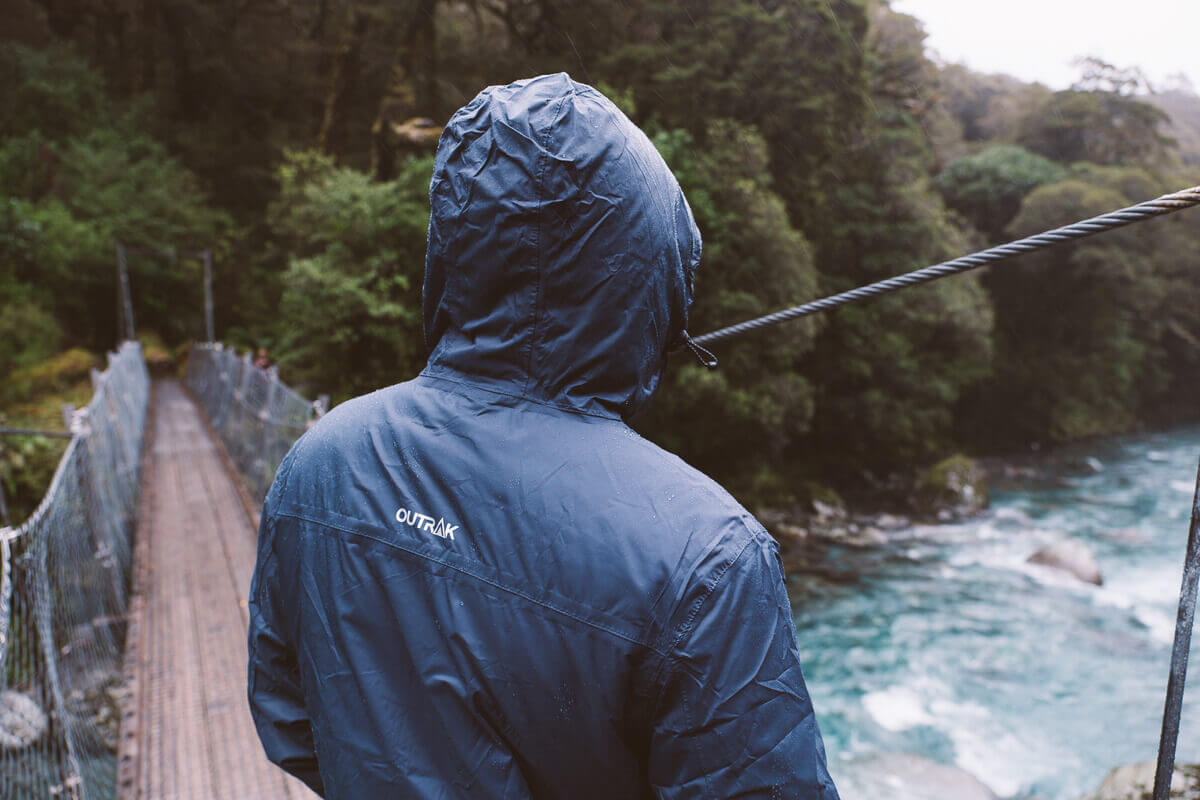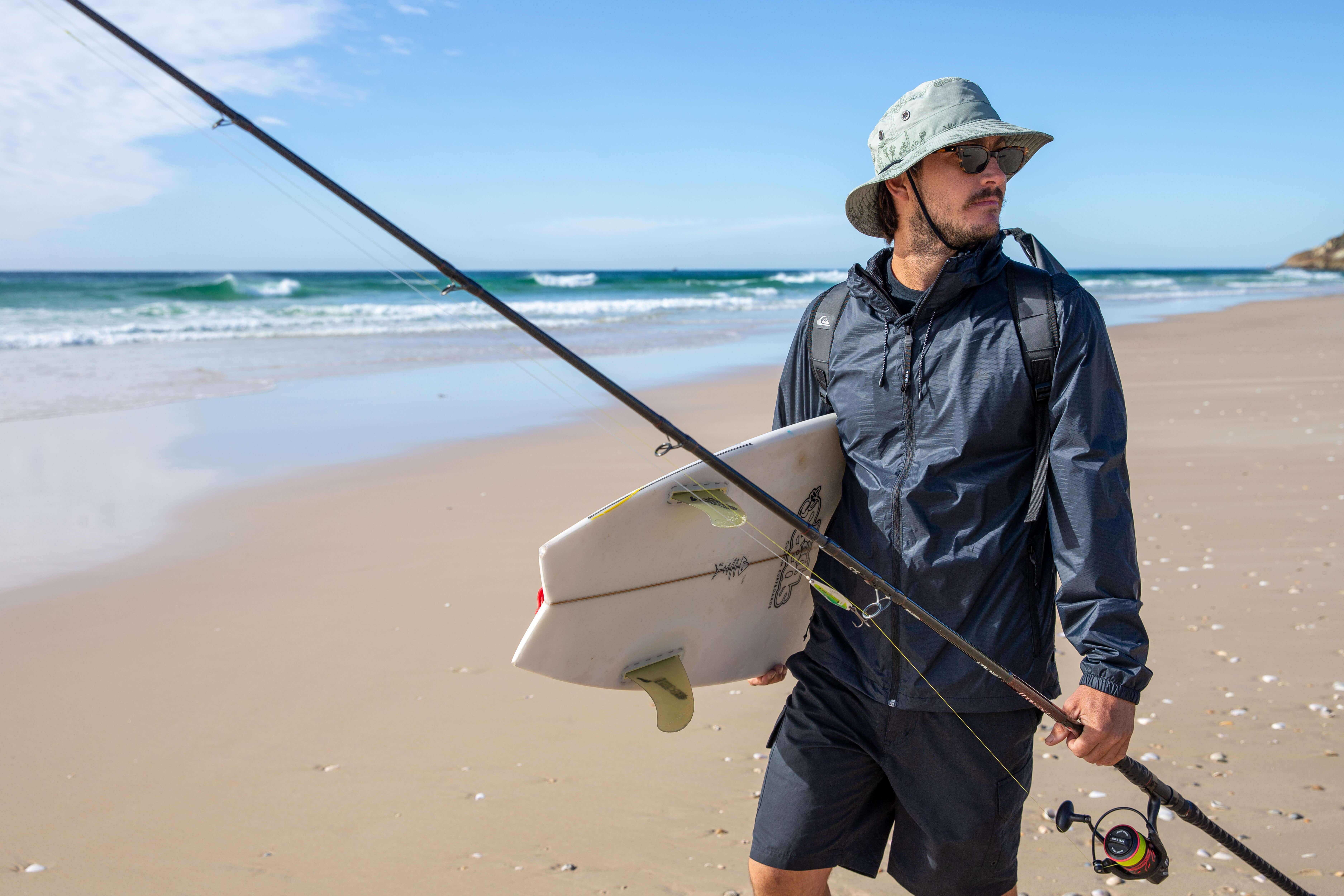Rain, it's a part of life and one that many Aussies have had their fair share of in recent times. Whether it's a light sprinkle, a solid downpour, or it's raining cats and dogs - the truth is we all need to accept there's no escaping the wet stuff. While most outdoor adventurers will do their best to get out when the big yellow thing's in the sky it's not the end of the world when the clouds come out to play. As long as you can stay dry the good times will keep rolling. Don't let it rain on your parade, with the right wet weather gear you'll be able to make the most of any conditions. In this buyer's guide we thought it would be a ripper idea to run you through everything you need to know when choosing rainwear so that next time the heavens open you can still have some BCFing fun.

What to think about when purchasing a wet weather jacket?
A good set of wets are some of the most important additions to any outdoor lovers kit. Whether you're keen on camping, bonkers for boating, or fanatical about fishing, there should definitely be some form of wet weather gear hanging in your wardrobe. When it comes to choosing the right set of threads there's plenty of things to consider. So, take a geez at the questions below to ensure everything will be suited to your individual needs.
Where will it be used? Depending on whether you're heading on a trip or hitting the local park, the conditions may vary. It's worth thinking about the amount of rain and the temperature you can expect, so that the gear you choose will not only keep you dry but warm as well.
How often will it be used? For some, these beauties will only come out once in a blue moon, while others will practically live in them. Taking this into consideration will help in choosing garments with the correct features and benefits for the task at hand.
What type of activities are on the cards? While some activities are low key and easy on the body, others will really get the heart pumping. Thinking about the intensity you'll be working at, and the range of motion required will help ensure you're comfortable and dry. It's important to grab a jacket that's just as breathable as it is waterproof, so that you can let some steam off, (and out of your jacket!) Products that incorporate moisture wicking technology are great when you're working up a sweat or the humidity is at its highest.
How much would you like to spend? From top of the line to cheap and cheerful, BCF's extensive range of wet weather gear has something for everyone. Made from some of the best materials and choc-a-bloc with features, you can't go wrong.
What brands should I look at? Whether it's a light spray jacket or a snow jacket, BCF have the best brands in the biz to keep you dry. Fishing brands such as Daiwa, Shimano, and Savage Gear all have great options for a day out on the boat, while Macpac will keep the whole family dry.

What do you need for different conditions?
Just like most things in life even the wet stuff doesn't have a one size fits all. Some days it's nothing but a light drizzle while others will really see the cats and dogs coming down. You'll find that any piece of rainwear will come with a hydrostatic head, which is a rating measured in millimetres that determines how waterproof something is. The different ratings have each been designed to handle a specific condition. Let's have a squiz at the different conditions you can expect and what rating you'll need for each.
Light shower: A light shower never ruined anyone's party, but they can leave you feeling a little soggy without the correct waterproof gear. A 0 - 5,000 mm rating will be ideal for the light stuff, offering some resistance to moisture.
Rain: Rain is something that people living on the East Coast of this great country know too well. To help keep rain at bay a 6,000 - 10,000 mm rating is what you'll need. Rain and waterproof under light pressure, these jackets can also handle your average snow conditions
Downpour: This is when things start getting interesting! You need to choose wets capable of cutting the mustard, so you can keep enjoying yourself even when it really starts coming down. A 11,000 - 15,000 mm rating will handle moderate rain and average snow and keep you rain and waterproof, except under extremely high pressure.






